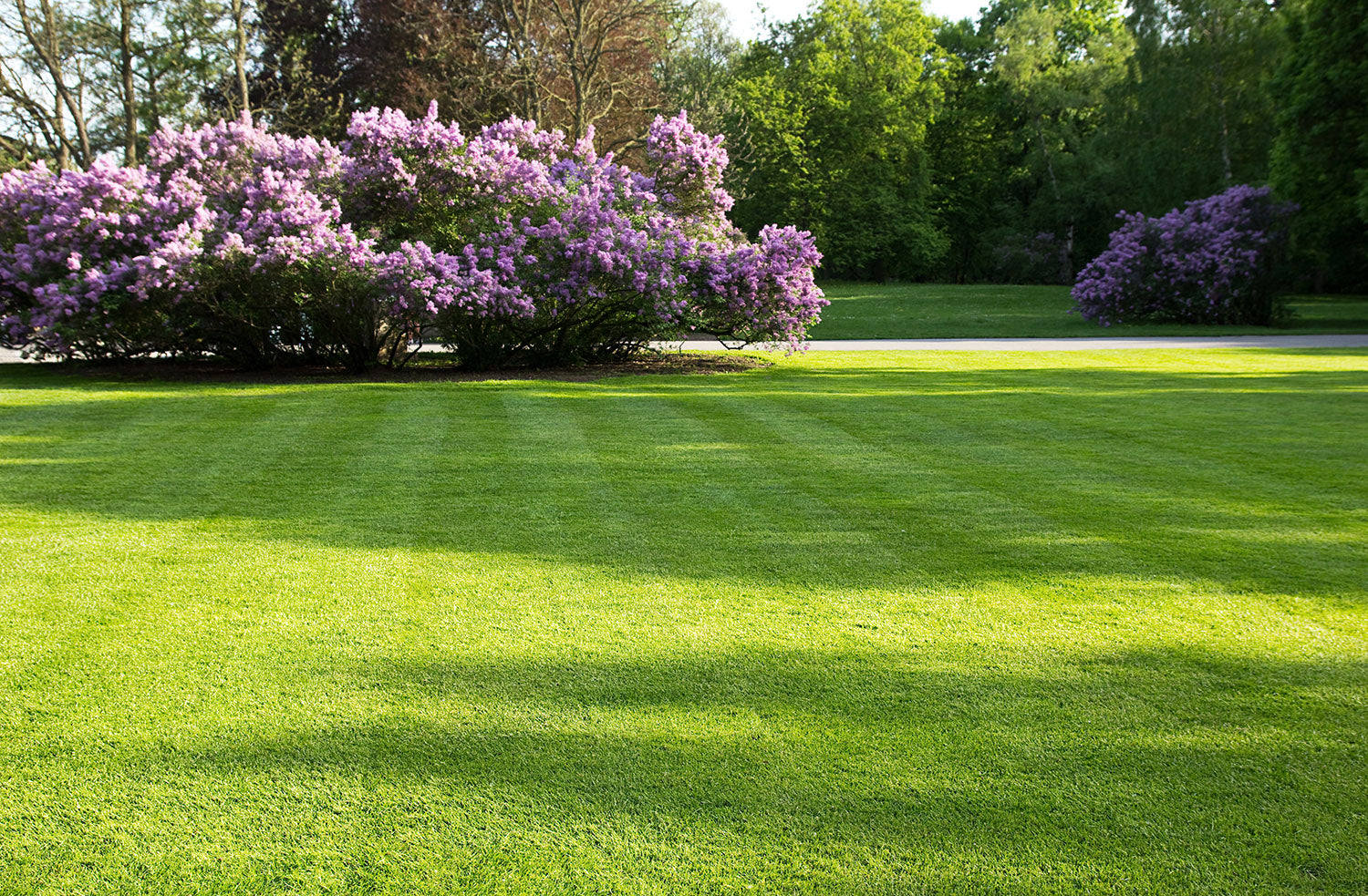How To Choose The Right Fertiliser

A good fertiliser will ensure the wellbeing of your lawn and plants, however choosing the correct one isn’t straight forward. There are many different types of fertilisers and the choice can be somewhat confusing, especially if you don’t know too much about them. A good place to start is to understand how fertilisers work and why they are so important.
How do fertilisers work?
Fertilisers provide much-needed elements to your plants; elements which are not always available from the soil. To survive and thrive, plants need food, water, and protection and many of the key elements can naturally be found in the environment. However, fertilisers can deliver three key elements in the form of nitrogen, potassium, and phosphorus. Use these elements and your plants will flourish.
Let’s take a closer look at each of these elements and understand why they are so important.
Nitrogen is responsible for making things grow, and giving grass that all important, rich green colour. It also helps produce sturdy plants with dense, thick leaves. The stronger the plant, the more protection it will have against the likes of bugs and other pests.
Phosphorus encourages strong root growth. It is essential for cell division and development of the growing tip of the plant.
Potassium is vital in producing strong roots and foliage. Furthermore, it helps the plant to combat drought, wear and tear, disease, and cold weather.
These three major elements will be present in fertilisers, but they don’t all contain the same amounts. If you’ve ever been in a garden centre and have wondered what all those numbers on the package are – well that is the three elements. Every fertiliser brand lists the major elements in a three-number format. The numbers represent the percentage of each element in the fertiliser, and you will find that it is always in the following order: nitrogen, phosphorus, and potassium.
Every kind of fertiliser is designed for different purposes. If, for example, a mixture has more potassium, then it is good for preparing plants for winter. When choosing the correct mixture consider the soil type, the time of year, the weather and what kind of plants you have. Always refer to the label.
When to apply fertiliser
Applying fertiliser at the wrong time of year can cause increased tender new growth that can be damaged, especially if applied in cold weather. It is therefore advisable to stop fertilising during dormant seasons. After those winter months, lawns tend to lose their colour, and so a spring fertiliser application can help wake it up after a long winter and bring some of that colour back. Spring is an important season to use fertiliser, as it will bolster growth and enhance plant performance, giving it the best possible start for the growing season.
What type of fertiliser should I apply?
Another thing to be aware of is that fertilisers come in several different forms. The two most popular are granular and liquid.
Granular fertilisers are a popular choice due to their longevity and ease of use. Generally, they come in bags and can be applied with a fertiliser spreader. There are two different types of granular fertiliser – slow-release and fast-release. Slow-release formulas release small amounts of nutrition over a period of time and provide fertilisation for up to six months. Fast-release fertilisers release the nutrients faster, which can work better in cold weather.
As the name suggests, liquid fertilisers come in liquid form and are applied using a sprayer, spray bottle or hose. They are typically mixed with water before application and are easy to use. Liquids generally don’t last as long as granular, but they do have other benefits such as being easier to distribute evenly, they soak into the soil immediately so are faster acting, and they are easier to store.
We hope you have found this guide useful. Now that you have a better understanding, you can browse our range of market-leading fertilisers.
